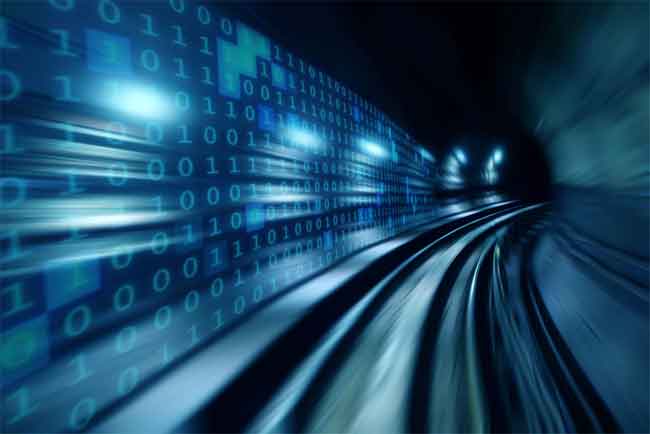If you have time to make a cup of tea while waiting for the next web page to load, it’s time to have a look at your Internet Explorer settings.
I am going to assume you are using Internet explorer 8, if not, It would be wise to upgrade to Internet Explorer 8 because, among other things, it fixes security issues previous versions threw up.
Wipe out your History and Throw Away your Cookies

First of all, go to the tools option on the menu bar and select Internet Options at the bottom of the list.
In the middle of the window that opens, there is a section called Browsing history. The browsing history keeps a record of every page you have ever visited on the internet, any passwords that you’ve asked it to save, temporary internet files and all the cookies that have installed themselves when you visited certain web pages.
Cookies are little, generally harmless, text files that install themselves when you visit certain websites, like a clothes shop or DIY store. They contain an ID which correlates with the ID that the website has. The purpose of this is to let these websites keep track of what you are looking at, how long you stay and other marketing purposes. They are helpful in allowing you automatic log on but can safely be deleted as they will be recreated the next time you visit that site.
Therefore, if you click on Delete in the Browsing history section of the Internet Options window, you should be able to free up quite a lot of hard disk space depending on the last time you did this.
Tidy Your Toolbars
The next thing you can do is remove some of the toolbars, the lines of icons near the top of your Internet Explorer page. If your webpage starts nearly half way down your screen, then I think you probably have too many and not only are they leaving you half a screen to look at but also taking up processing power. They have some other drawbacks too.
Although they offer shortcuts to things and useful tools in others, they may not all be compatible with each other because the companies that produce them do not necessarily test them with other toolbars as the list of different ones out there is endless. So having too many of them, can cause your Internet Explorer to slow down.
To view the toolbars you have, either click on View at the top of the screen if you have your menu toolbar ticked or the Tools menu as you did aboveand scroll down to Toolbars half way down the list. You can try unticking them one at a time to see what difference it makes to your Internet Explorer. If you discover that you actually use some that you’ve just deleted, just go back to your toolbars and retick it.
The final thing you can do speed up Internet Explorer is reset it. When you reset Internet Explorer, all your privacy and security settings, add-ons and customizations, like toolbars, will be reset. But you do get the option to keep your home page and browsing history, but you have probably already cleared that anyway.
If you want to reset your Internet Explorer, go to Tools again, and Internet Options but this time click on the Advanced tab. Down at the bottom of that window is a Reset button and you get one more chance to review everything before it resets.
This is the third article in my series on how to speed up a slow computer. If you are finding that your computer is still slow, perhaps you should have a look at your start up file in my msconfig article or using the defragmenter utility in speeding up a slow Windows XP computer. You should also check your antivirus and spyware protection.
